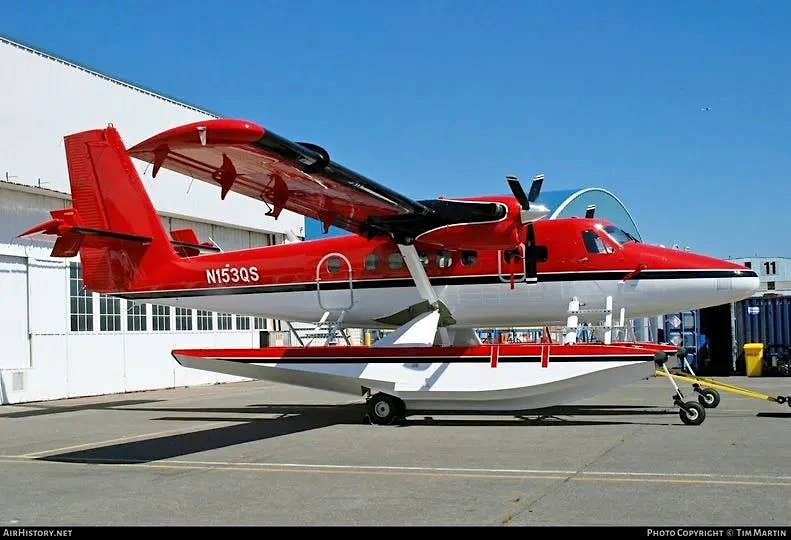Sergey Brin Facing Lawsuit Over Pilot’s Death In Twin Otter Crash
The widow of one of the pilots killed last May when flying Sergey Brin’s float-equipped Viking Twin Air 400 Series Twin Otter is suing the billionaire Google co-founder for wrongful…

The widow of one of the pilots killed last May when flying Sergey Brin’s float-equipped Viking Twin Air 400 Series Twin Otter is suing the billionaire Google co-founder for wrongful death. Both pilots died when the Twin Otter crashed trying to return to California after launching on the first leg of a long-range ferry flight to Fiji.
According to a Forbes account posted today, the Santa Clara County-filed suit claims the aircraft’s temporary internal auxiliary fuel tank failed to transfer to the main tanks, causing the crew to turn back without enough fuel to make it to the California coast. The turboprop twin ultimately crashed at night due to fuel starvation near Half Moon Bay and neither the aircraft nor the bodies of the pilots have been recovered. Said to be a part-owner of the Twin Otter, Google is a co-defendant in the lawsuit along with the maintenance shop that installed the fuel tank and the firm that hired the pilots.
The ferry mission was reportedly to deliver the aircraft to Brin’s private island in Fiji, where it was meant to provide his guests with island-hopping air tours of the archipelago, which consists of more than 330 islands.
According to the complaint, the mechanic who installed the aux tank did not have the appropriate checklist and performed the installation “from memory.” Further, the suit maintains that Brin deliberately and deceptively hampered efforts to recover the wreckage and the bodies of the pilots in order to shield possible evidence of culpability.
The complaint reads, in part: “From the outset of the crash, despite publicly assuring Plaintiff that her husband’s remains would be recovered, Brin and his agents decided to leave him at the bottom of the ocean along with evidence that would establish that Defendants were responsible for the crash that killed the two pilots.”






